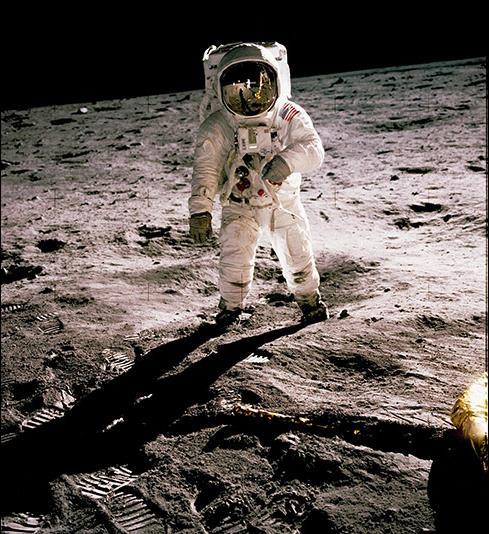

When Neil Armstrong took the first human steps on another planet on 20th July 1969 and spoke those famous words, he not only achieved a goal set by US President John F. Kennedy but fulfilled a dream as old as humanity.
President Kennedy had stood before congress in 1961 and proposed that the US “should commit itself to achieving the goal, before the decade is out, of landing a man on the Moon and returning him safely to the Earth.” The Apollo 11 mission successfully completed this goal eight years later and wrapped up a huge victory for the US over the Soviets in the Cold War space race.
NASA’s Apollo program ran from 1961 to 1975 and resulted in 11 spaceflights and 12 American astronauts walking on the Moon. The first four flights tested the equipment and six of the other seven flights landed on the Moon. This July marks 50 years since Armstrong, Edwin ‘Buzz’ Aldrin and Michael Collins became the first human beings to leave Earth’s orbit and step foot on another world – a mission which would not have been possible without industrial gases.
Source: NASA
“Oxygen, hydrogen, nitrogen and helium: these gases, and their liquefied forms of storage and handling, are the driver for the entire space enterprise. It’s not possible without them,” James Fesmire, Senior Principal Investigator and founder of the Cryogenics Test Laboratory at NASA Kennedy Space Center, tells gasworld in an exclusive interview to mark the 50th anniversary of the first Moon landing. “The centrepiece of any launch vehicle is chemical-based stored energy, it fundamentally is. Any rocket is basically a big flying set of tanks with engines at the bottom.”
The Saturn V was the ‘big flying tank’ that took Armstrong, Aldrin and Collins to the Moon. Measuring 111 metres tall, it was about the height of a 36-story-tall building and 18 metres taller than the Statue of Liberty.
Fully fuelled for lift-off, the Saturn V weighed 2.8 million kg (the weight of about 400 elephants) and generated 7.5 million pounds of thrust at launch, creating more power than 85 Hoover Dams. To put that into perspective, a car that gets 48km to the gallon could drive around the world around 800 times with the amount of fuel the Saturn V used for a lunar landing mission…
gasworld will publish the full feature, titled ‘Man on the Moon: Celebrating 50 years of one giant step for mankind’, in its upcoming July issues of both gasworld Global and gasworld US.
